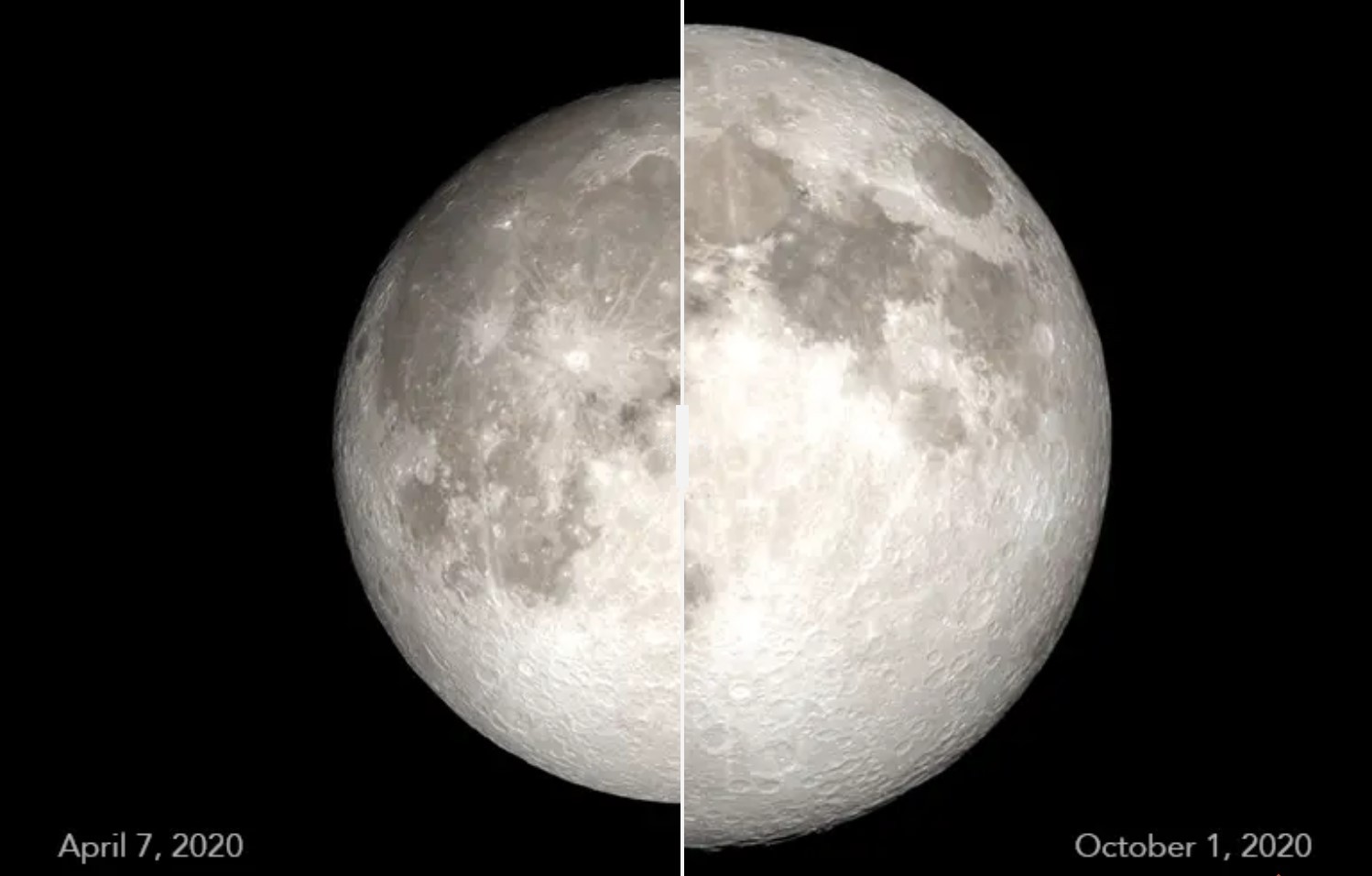NASA prepping for September arrival of OSIRIS-REx asteroid sample
Practice makes perfect, and there are no do-overs once teams recover the sample from asteroid Bennu.

OSIRIS-REx's asteroid sample is coming home.
OSIRIS-REx, NASA's first asteroid sample return mission, took a bite out of the space rock Bennu in October 2020 and is on course to return that sample to Earth just over seven years to the day after it launched.
As the probe — whose name is short for "Origins Spectral Interpretation Resource Identification Security-Regolith Explorer" — flies its return trajectory through space, teams on Earth are preparing for the sample's Sept. 24 landing in the Utah desert.
If all goes as planned, OSIRIS-REx's sample return capsule will separate from the primary vehicle and enter Earth's atmosphere at 10:41 a.m. EDT (1441 GMT) on Sept. 24. Built to withstand the heat and turbulence that comes with punching through the atmosphere, the capsule is expected to parachute down to a relatively soft landing at approximately 10:54 a.m. EDT (1454 GMT).
Related: Dramatic sampling shows asteroid Bennu is nothing like scientists expected
With only six months to go, NASA crews are doing what NASA crews do best: rehearsing, to practice recovering the roughly 8.8-ounce (250 grams) sample taken from Bennu and ensure it doesn't get contaminated by any terrestrial germs.
"Once the sample capsule touches down, our team will be racing against the clock to recover it and get it to the safety of a temporary clean room," Mike Moreau, deputy project manager at NASA's Goddard Space Flight Center in Greenbelt, Maryland, said in an agency press release.
Get the Space.com Newsletter
Breaking space news, the latest updates on rocket launches, skywatching events and more!
Scientists are interested in samples from Bennu and asteroids like it because of their potential to hold clues to planetary formation processes and even, potentially, molecular evidence for the precursors to life. Meteorite samples found on Earth are useful for this type of research, but only to a point. Asteroid material collected in space is free of any Earthly contamination and contains particles smaller than those that survive on space rocks that zoom through our planet's atmosphere.
To protect the incoming Bennu material from any terrestrial micro-invaders, NASA teams are taking extensive measures and making sure they are prepared well ahead of time. Over the next six months, NASA and Lockheed Martin crews will practice step-by-step procedures for recovering and transporting the OSIRIS-REx sample from a 37-mile by 9-mile (59 by 15 kilometers) landing area inside a Department of Defense property in the Utah desert to NASA's Johnson Space Center (JSC) in Houston.

Upon landing, the return capsule will be transported to a mobile clean room, where technicians will then unpack the vessel's heat shield and protective exterior to reveal the sealed container of recovered Bennu material. Ground samples will also be taken from OSRIS-REx's touchdown location, to test against any contamination risk during landing. Once brought to JSC, a careful unpacking procedure will be observed, which is also being rehearsed leading up to OSIRIS-REx's arrival.
"These accomplishments are the direct result of the extensive training and rehearsals that we performed every step of the way. We are bringing that level of discipline and dedication to this final phase of the flight operations," said OSIRIS-REx principal investigator Dante Lauretta.
Once unpacked, a fourth of the recovered material will be designated for the OSIRIS-REx researchers. The rest, NASA says, will be reserved for "other scientists to study, now and in future generations."
Follow us on Twitter @Spacedotcom and on Facebook.
Join our Space Forums to keep talking space on the latest missions, night sky and more! And if you have a news tip, correction or comment, let us know at: community@space.com.

Josh Dinner is the Staff Writer for Spaceflight at Space.com. He is a writer and photographer with a passion for science and space exploration, and has been working the space beat since 2016. Josh has covered the evolution of NASA's commercial spaceflight partnerships and crewed missions from the Space Coast, as well as NASA science missions and more. He also enjoys building 1:144-scale model rockets and human-flown spacecraft. Find some of Josh's launch photography on Instagram and his website, and follow him on X, where he mostly posts in haiku.









